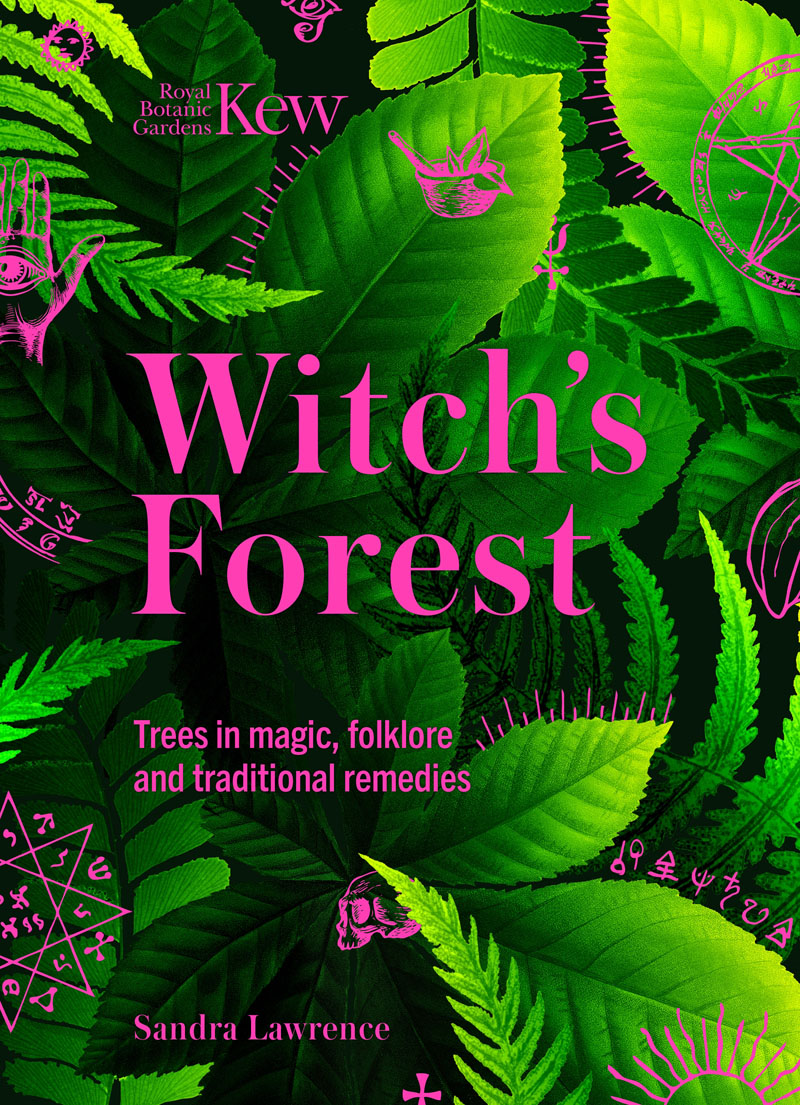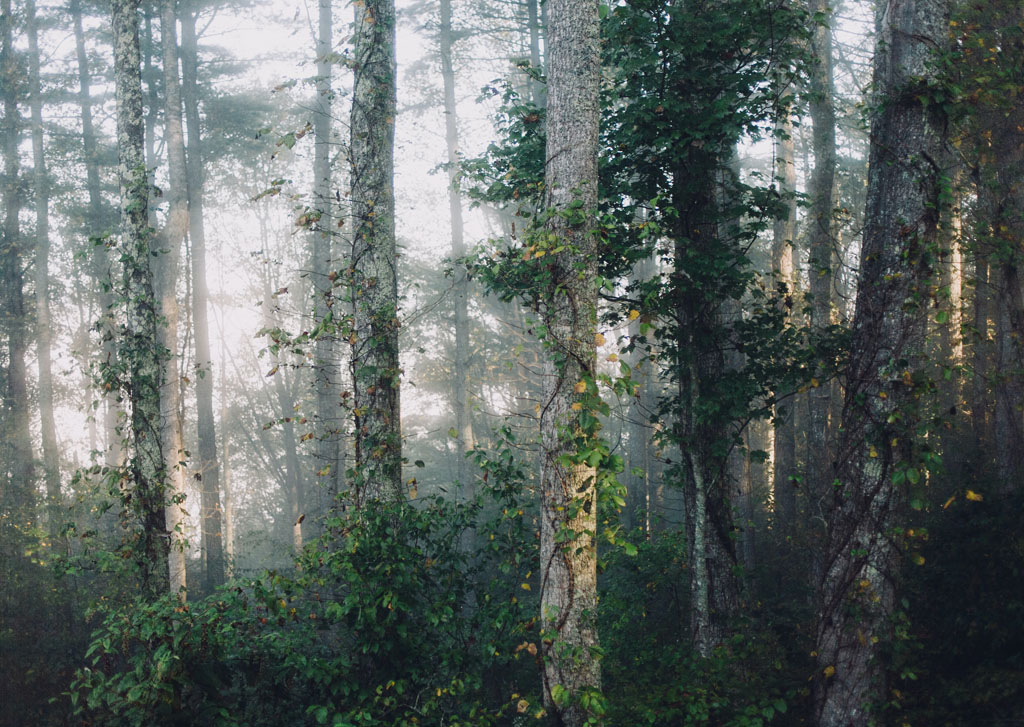Marking the seasons has always been important to people who live in temperate zones, even within our modern lives. As the world tilts through the year, today’s social media threads are filled with photographs of trees swathed in blossom, swirled with leaves, swagged with fruit and, in the dark months, shimmering with snow and ice. Posting such images could be called a modern ritual, reflecting the rites of passage observed by our predecessors.
Recognizing nature’s seasons acknowledges the great stations within our own lives: birth, youth, love, marriage, childbirth, old age, death.
It is no coincidence that many of the rituals we connect with the stations of the year are closely associated with the forest, the trees standing in for our own lives.
Imbolc (1 and 2 February) is an ancient celebration marking the halfway point between the winter solstice and the spring equinox, although, like all the great holy days, it was later hijacked by the Christian Church. Some believe that Brigid of Kildare, the patron saint of Ireland, is a Christianization of the pagan goddess Brigid. Indeed, the two share a feast day: 1 February. The Christian festival of Candlemas, the blessing of candles to be burned in church, is 2 February. Whatever its name, this is a time for putting darkness away. Anyone foolish enough to have kept sprigs of holly in the house must get rid of them at Candlemas or risk inviting goblins indoors. Outdoors, the days are lengthening, to encourage the birch (Betula), the first-budding tree of spring, to burst into life.
The equinoxes mark the quarter-year, mid-points between the solstices. Nature is at her busiest at the spring equinox, as plants, animals and humans race to utilize the light and warmth. The pagan celebration Beltane is traditionally marked with the lighting of bonfires on 1 May, to welcome the summer. In Scotland farmers drove their cattle around the Beltane fire as a protective ritual, and the younger members of the community leapt over it. May Day is also beloved by the fairies, and it was said a mortal had their best chance of seeing a fairy gathering by creeping around a lone hawthorn bush on May Eve. This behaviour was at their own risk; everyone knew they could be dragged away by the Gentle Folk for such nosiness. Regular May Day celebrations involved a lot of dancing around maypoles (a tradition possibly harking back to earlier times). After losing popularity during the Industrial Revolution, maypoles were reintroduced in the late nineteenth century with the addition of ribbons and complex dances, instilling in generations of schoolchildren a lifelong hatred of country dancing.
Summer reaches its peak around the solstice, 20 or 21 June in the northern hemisphere, the feast of St John in the Christian calendar. From that moment the year turns. Lammas marks the beginning of the harvest season, a time of toil, but also of plenty, when people spend more time in the fields than the forest. It is the first of three traditional harvests, of grain, hence its origin name, “loaf mass”. The second harvest, of fruit from the orchards, traditionally takes place at the autumn equinox, usually around 23 or 24 September, while the third, Samhain, around 31 October, sees the gathering of the last of the hedgerow bounty, such as hazelnuts, sloes, elderberries and damsons. As the end of a long period of hard work, harvest festivals were a joyful exuberance around the night before All Hallows’ Day (or All Saints’ Day), 1 November.
Samhain was the most important of the fire festivals. Home hearths had been allowed to die during the hard work of harvest, so now people got together for communal fires, often burning wheels as a symbol of the sun and the cycle of life. Cattle that would not make it through the winter were slaughtered, and the feasting was long and loud: everyone knew the winter would be dark.
The last of the year’s great festivals once again saw people trudging into the forest, this time in search of a log to burn over the period of the winter solstice, Yule. There was still food left over from harvest, and country folk had little to do in the fields during the short, cold days and longer, colder nights.
Yule and, later, Christmas, allowed them to take time out to light more fires, eat, drink and make merry as a way of sustaining them through the dark days, but they always remembered that the forest was not to be trifled with.
Many of the monsters and bugaboos of Christmas live in the woods. The Austrian Krampus, a demonic goat-creature, emerges from the dark forest, searching for naughty children, armed with a sack and bird rod. Greek kallikantzaroi, malevolent goblins, take time off from sawing down the tree of life to steal children born over the 12 days of Christmas. The Alpine witch, Frau Perchta, will appear either in divine beauty or as a hideous crone who will slit open your stomach and swap your guts for stones. Iceland has many spirits including the evil Christmas cat, Jólakötturinn, and the once-terrifying Yule Lads, now reduced to mere advent pranksters.
All these monsters have one thing in common: they emerge from the forest during the darkest nights of the year. Mortals should beware.

Witch’s Forest: Trees in Magic, Folklore and Traditional Remedies is published by Welbeck in association with Kew Publishing (£14.99)
Lead picture credit: Mel on Unsplash

